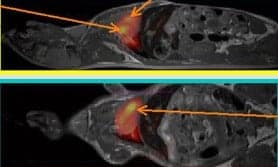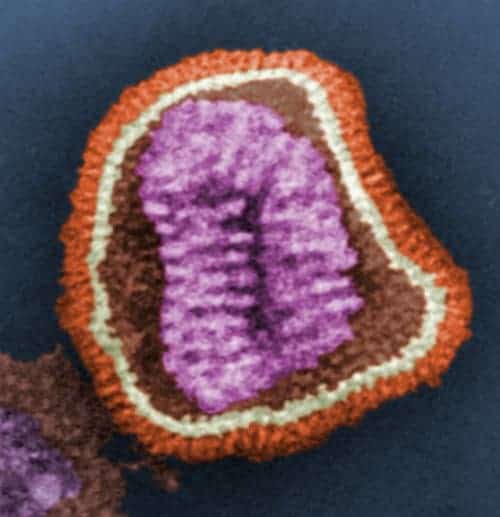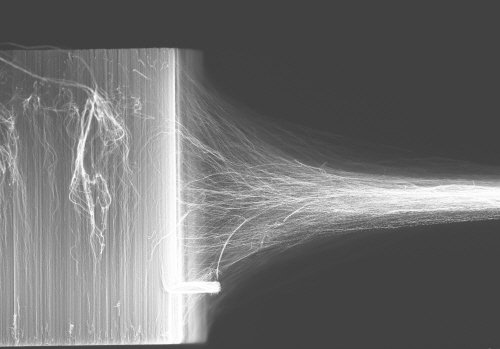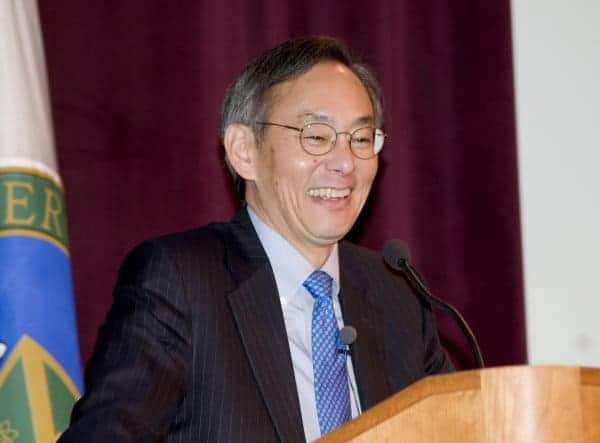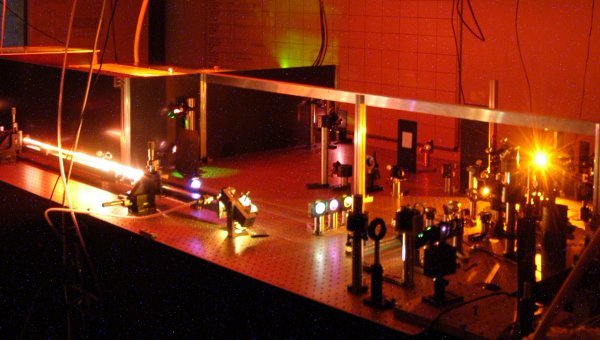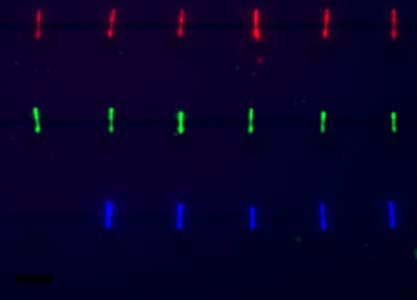In search of the black swans
The publish-or-perish ethic too often favours a narrow and conservative approach to scientific innovation. Mark Buchanan asks whether we are pushing revolutionary ideas to the margi...
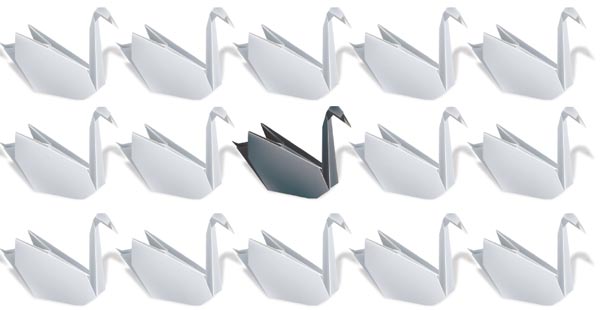 Read article: In search of the black swans
Read article: In search of the black swans
